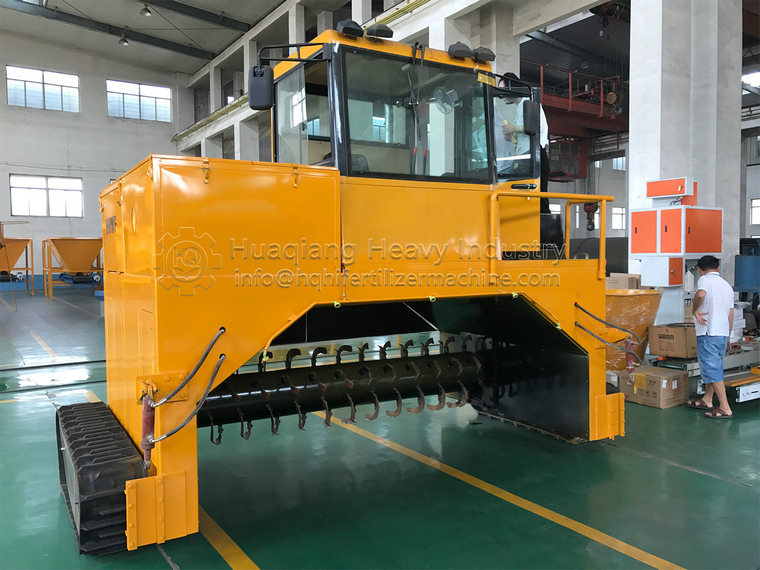What are the granulation equipment and methods for NPK fertilizer production line
There are four types of granulation in the NPK fertilizer production line on the market: 1. Disc granulation is suitable for small output devices, and generally does not exceed 50,000 tons/year. It is the primary stage of drum npk fertilizer granulation. 2. The drum npk fertilizer granulator is widely used, and the pellet size is also better, including drum ammoniation granulation and drum agglomeration granulation. Among them, the ammoniation is divided into one-step ammoniation and two-step ammonia The two-step amination method includes the amination reaction in the conversion tank and the amination reaction in the granulator. 3. Shotcrete granulation is the predecessor of ammoniated granulation and the technology is relatively mature. 4. High-tower granulation means that the raw materials are sprayed through the high-tower in a molten state at a high temperature. The pellets are formed into pellets during the falling process. The pellets are relatively strong and smooth. The pellets generally have a small hole, dissolve faster, and have obvious fertilizer efficiency. The market prospect is better.

The rotary drum npk fertilizer granulator sprays water vapor at a constant pressure on the material, so that the material obtains moisture while being applied with a constant pressure to form small particles, which are formed into particles of a fixed size during the process of rotation. The humid granulation environment allows the drum granulator to produce a compound with a high content of nitrogen, phosphorus and potassium, but the cost is relatively low.
Advantages of the drum npk fertilizer granulator: By increasing the granulation temperature, the liquid content in the basic material is increased, which promotes the material to form a ball at a lower water content, and has the advantages of easy drying, energy saving, and consumption reduction.
Disadvantages of drum npk fertilizer granulator: When the process conditions are not well controlled, the return material is higher than that of the disc granulator.

.jpg)



.jpg)

.jpg)
